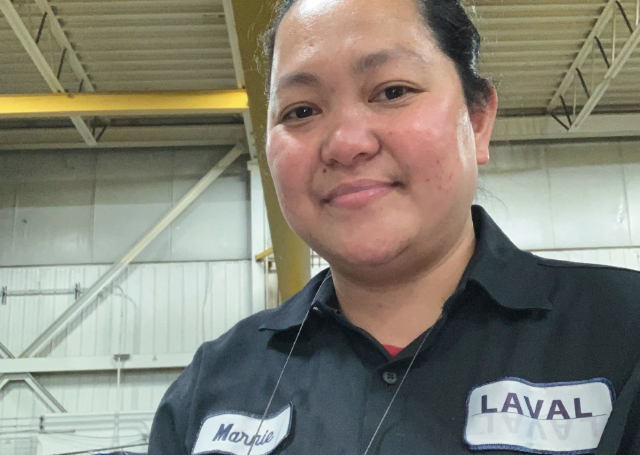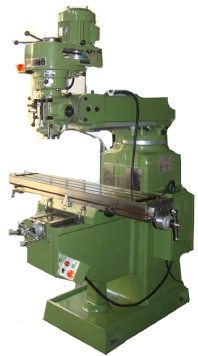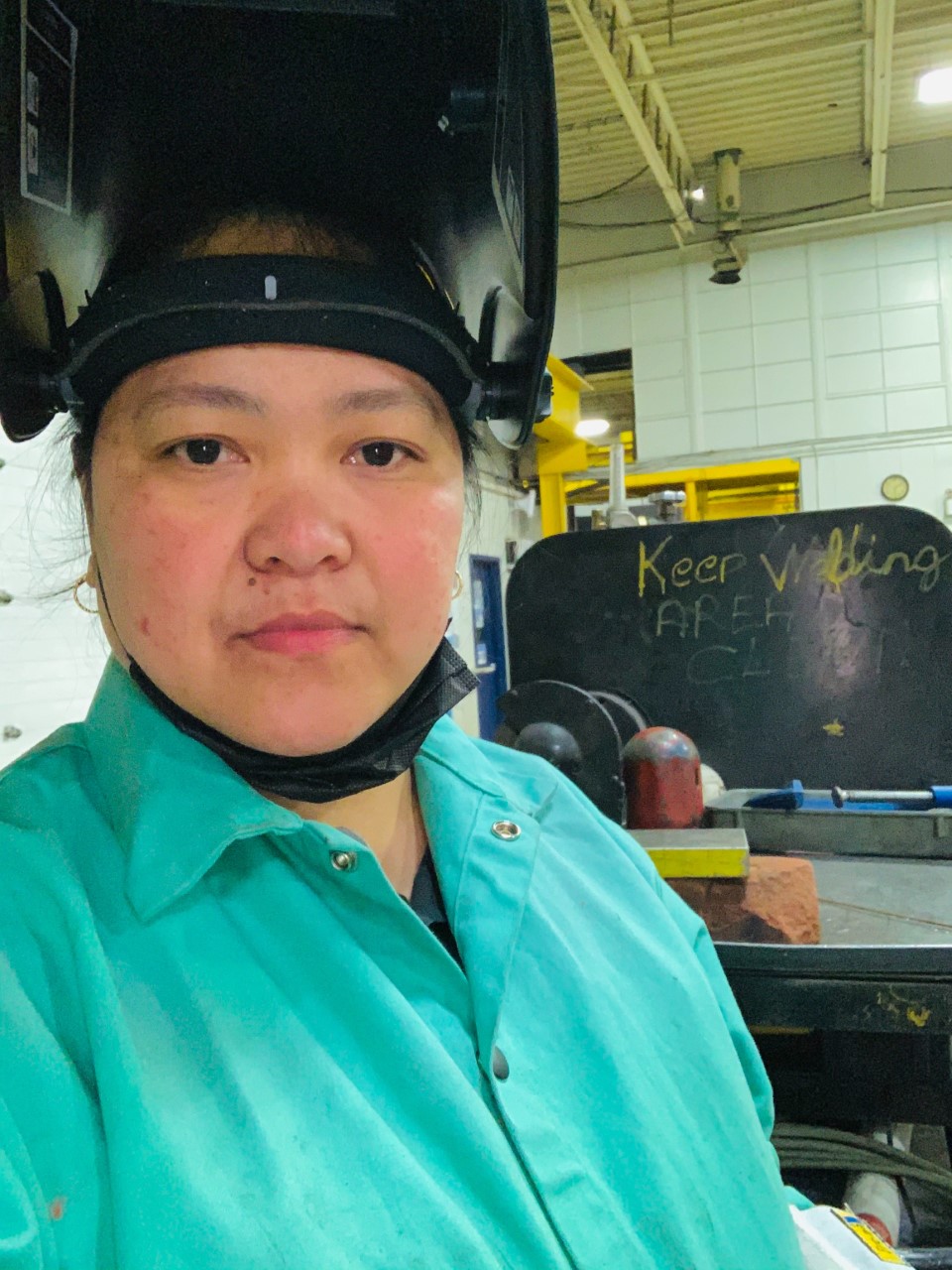Who We Are
Services
Events
News
Podcast
Connect

Marnie Atuka is a moldmaking apprentice at Laval Tool. A moldmaker is a skilled tradesperson who builds and repairs molds.
A mold is a shape filled with liquid or pliable materials that then hardens to create a shape. Plastic injection molds are used to make many things in the world around us like medical tools (syringes), children’s toys (LegoTM), and car parts (bumpers).

Each day Marnie’s supervisor assigns her tasks based on a job number. She completes the tasks for that job as outlined in the blueprints; this could include building a mold assembly, repairing an existing mold, or machining parts required for an upcoming project.
Assembling a mold could include taking the metal mold and adding screws, pads, hydraulic cylinders, and adding other components. If the blueprint requires her to make parts (called details), Marnie utilizes machines like a milling machine, a lathe, or a grinder to prepare parts that may also require welding. After completion, Marnie then runs the water through the mold and check every single pipe plug for leaks, tests hydraulics, and checks every hose for oil leaks.
Marnie found moldmaking by accident. A personal support worker for 7 years, she was frustrated that she was not able to find full time work and had a realization, “I don’t have a future in this. I want job security. I need something full time and stable and rewarding.”
Marnie considered returning to school but the thought of having a student loan again was concerning for her as a single mother. She saw a CNC Machinist / Millwright pre-apprenticeship flyer for a training program and contacted West of Windsor to inquire.
“I just jumped in!” Marnie didn’t know anything about the skilled trades and didn’t know what to expect but she enjoyed the program and landed at Laval Tool. Being in a totally foreign environment and being the only woman, Marnie was nervous for the first two weeks and sat alone at lunchtime. She thought: “I don’t think I can do this!”
Marnie gradually got to know people as she was trained, became less hesitant, and reached out for help or to borrow tools. “You can’t do it without help. They taught me a lot.” She was also frustrated that she appeared weaker than her coworkers and she was definitely shorter, but she got stronger as she persevered and figured out different ways to do the job. “It’s a matter of time. You will find a way based on your physicality.”
And if she asked a coworker to do something that they knew she was capable of? “They push me and say, ‘No, you do it and we’ll be beside you.’ They are out there to support me and they push me. I’m scared still but I have to do it. This is what I need to learn to secure my job…I have to learn this.”
Marnie was a quick learner and as she picked up new skills, the more she was pushed to learn. She really appreciates the confidence her supervisor has in her and that he trusts her work and judgement. “Where the design isn’t right, that’s fun for me. I offer ideas and ask if it’s okay and their answer is, ‘As long as it works.’ They trust my capacity to do it. I have suggestions and they are open.”
When a coworker cut himself, Marnie went into care mode, utilizing hew PSW skills to assess the situation and provide first aid. She then completed the necessary paperwork. Her supervisor noted that she was calm and task-oriented the entire time as her instincts took over. He said, “You need to be a health and safety rep.”
Now that she’s an official member of the health and safety team, Marnie starts every day by checking all the cranes and reporting any issues by documenting them and sending the cranes for repair. It is only after this important safety step is complete that she then begins her moldmaking duties.

“New challenges and new learning.” Marnie says that each day there are things that allow her to work on different techniques for completing work. For example, if she’s tapping a hole (using a hand tool to make a thread in a hole so it can accept a screw) and the tap breaks, she has to figure out how to remove the broken tap without damaging the hole.
Marnie appreciates that the company offers opportunities in different departments that she can work towards. “I might study design in the future and work in the office. It’s a great pathway.”
The other benefit is that this career got her what she was looking for. “I needed a full-time job and benefits for my children. I have that now.”
Marnie says that the more skills you learn, the more you can get paid. “These are skills you can use for the rest of your life. Those belong to you.”
“Not having the right tools or not finding what you need can be frustrating and can make you give up. But you’ll figure it out…it’s a learning process. Physically it’s heavy but you can work on it and get stronger and there is technology and equipment available to assist.”
“It can be hard it’s not an easy journey but it’s not hard once they train you and you get used to the work. Just know your goals and what you want. I wanted a stable job and a lifetime career. Focus on your goals first and work from there.”
Want to read more stories and plan for your future? Check out our FREE Career Guide.